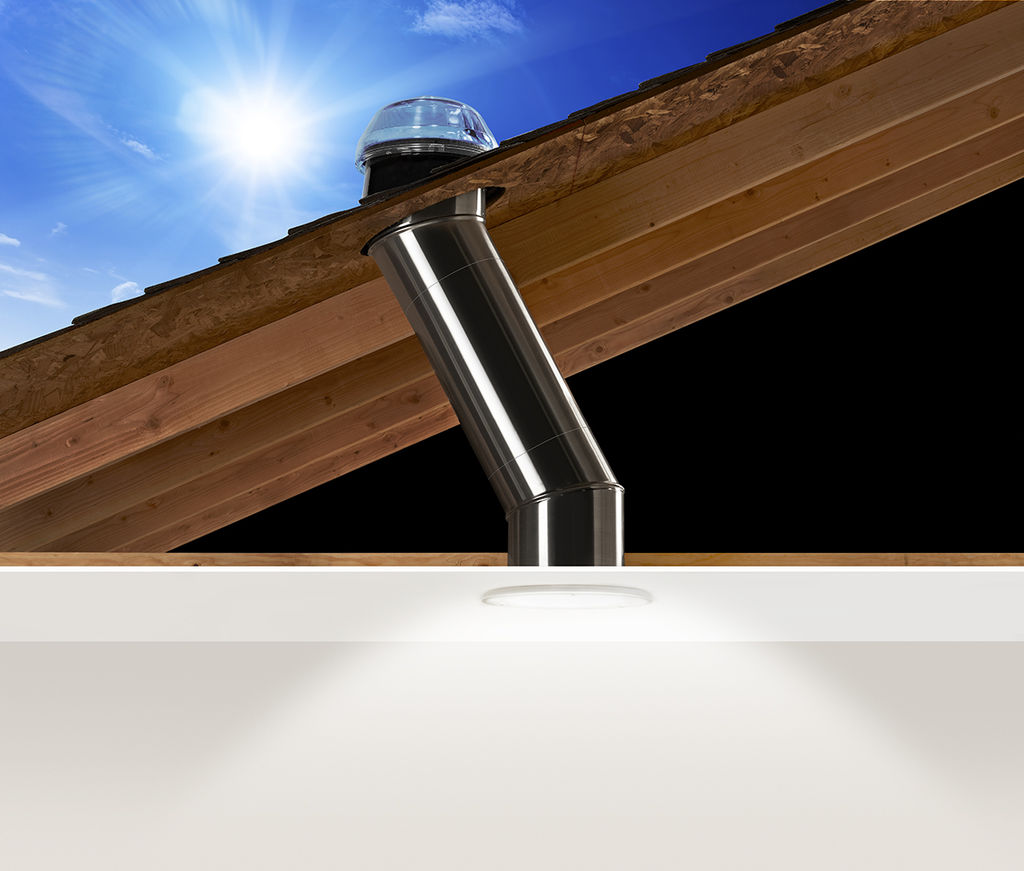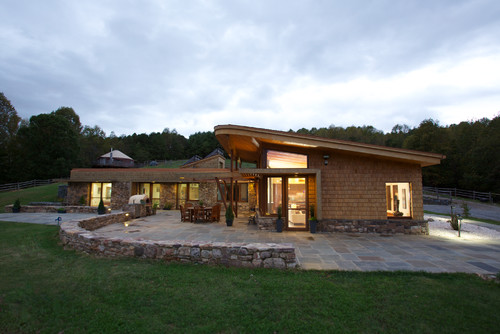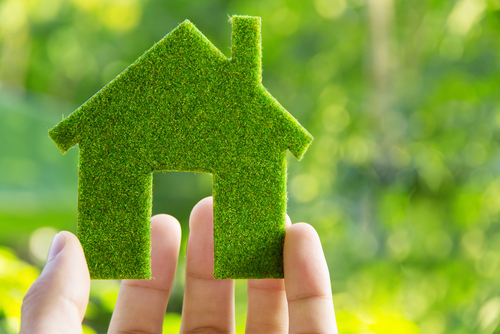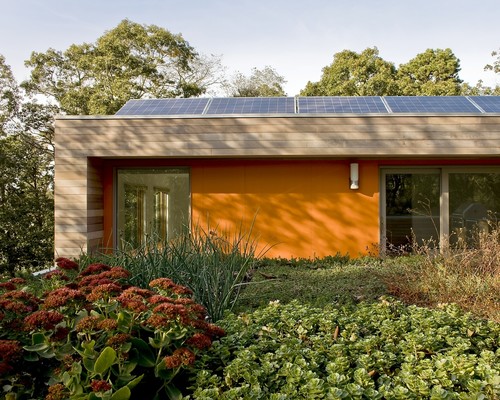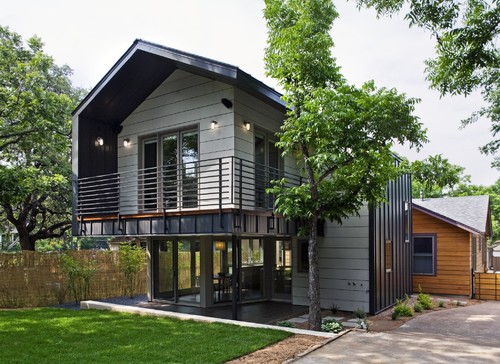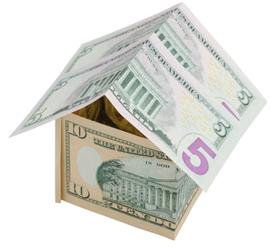If you’ve decided to build a new home, then one of the things you should consider is the environment around you. To reduce your environmental footprint, think about incorporating some green building ideas, such as active daylighting, into your home design.
Active daylighting occurs when a mechanical device collects sunlight in order to increase the efficiency of your home’s light collection. Active daylighting systems are different than passive daylighting systems in that they actively track the sun’s light instead of remaining stationary.
There are two types of active daylighting systems: closed loop and open loop. Closed loop systems use sensors that are directed at the sun. The sensors will pick up on when the sun begins to move whenever they are hit by shade, thereby allowing them to track with the sun. Open looped systems use sensors, but not to track the sun’s movement. Instead, the use a motorized system that is pre-programmed to follow the sun’s path.
Make your home more efficient by implementing an active daylighting system, whether it’s a closed loop system or an open loop system. Find out how you can implement green building techniques into your home design by contacting Trilogy Partners today.
